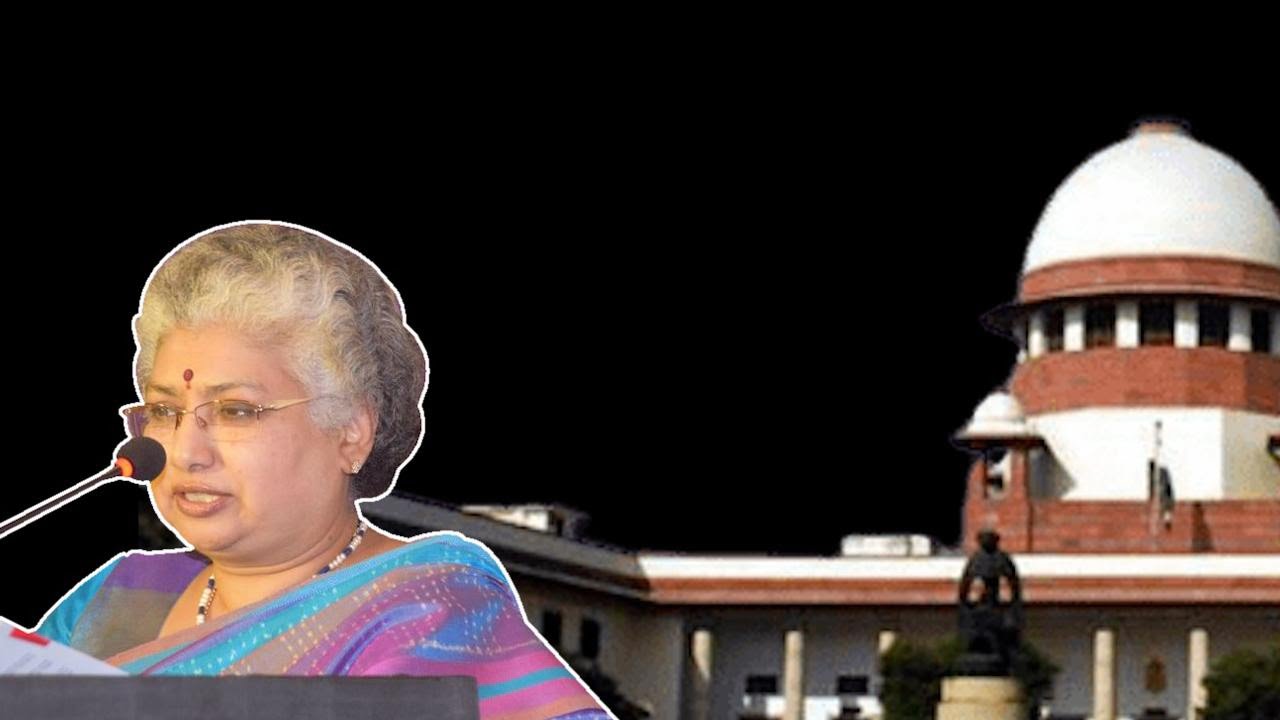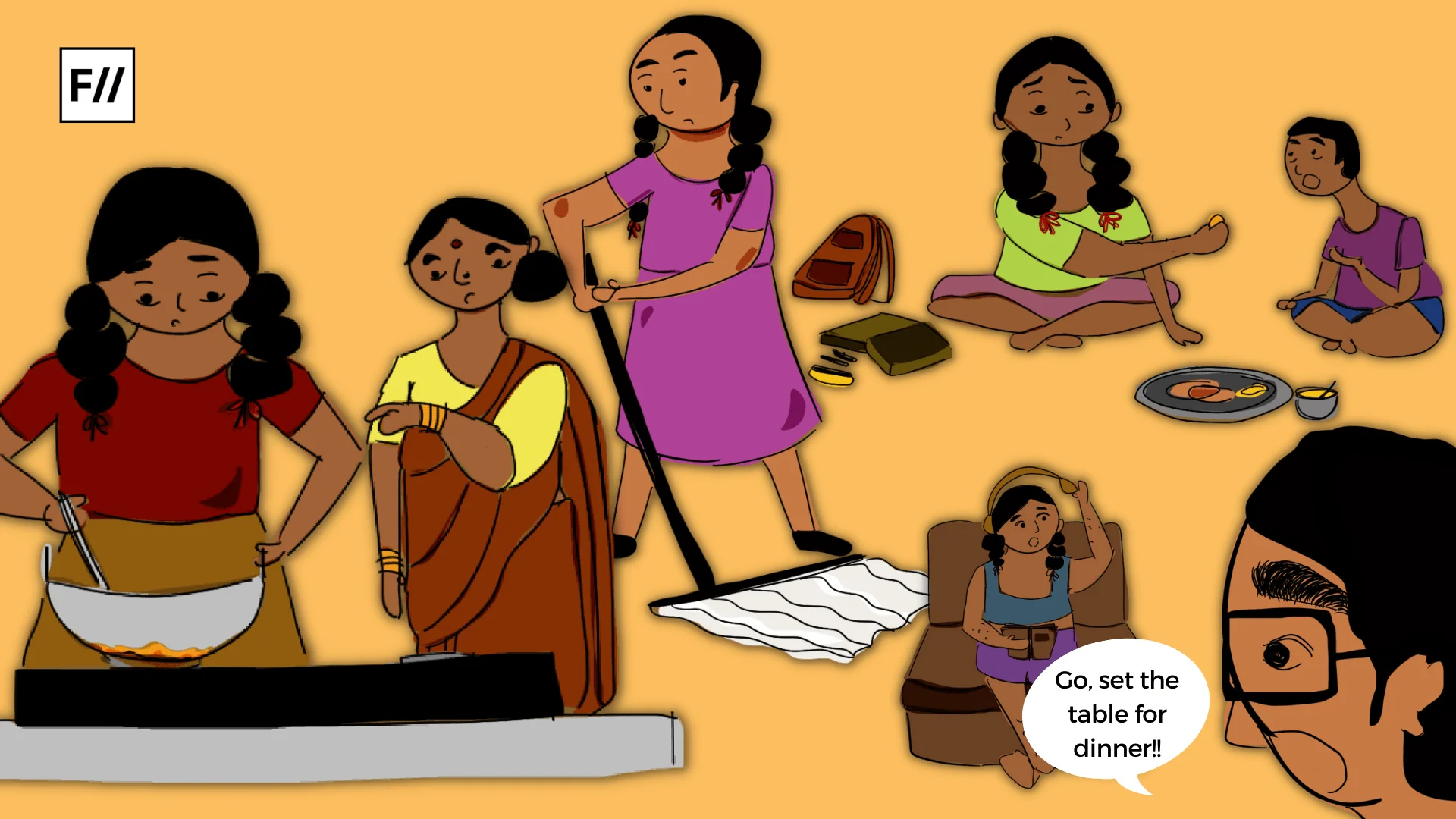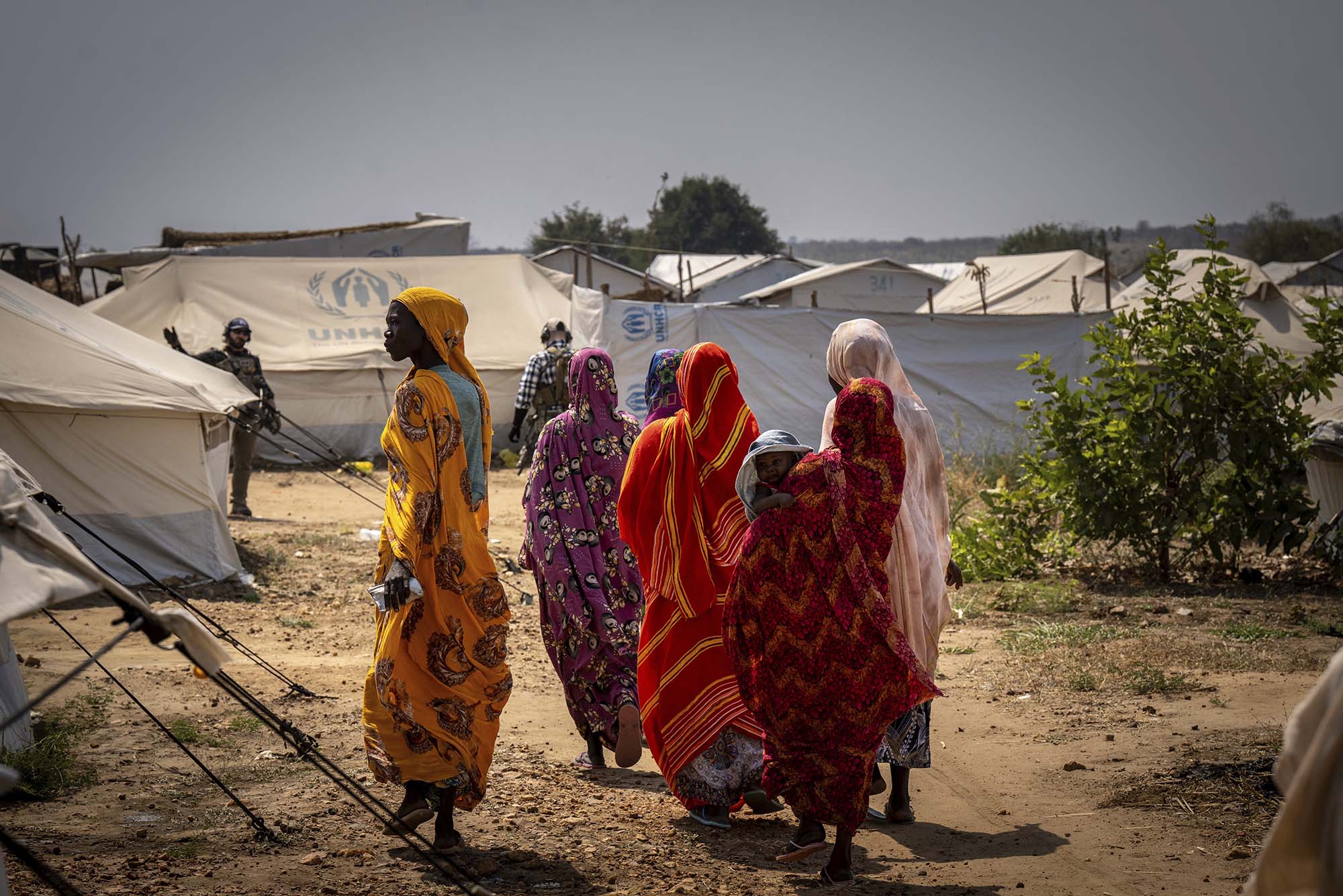On August 17, the Supreme Court Collegium recently approved the names of three women judges for appointment and from among them, justice Bangalore Venkataramiah Nagarathna could be appointed as the Chief Justice of India in 2027. With that, it will be the first time India gets a woman chief justice. The judges who made it to the list include Hima Kohli of the Telangana High Court, BV Nagarathna of the Karnataka high court and Bela Trivedi of the Gujarat High Court. With the appointment of these judges, the number of judges in the Supreme Court has increased to 33. The swearing in ceremony was held on August 31 for the newly appointed judges.
The collegium is a high-powered panel that is headed by the Chief Justice of India comprising of four senior judges of the Supreme Court.
On August 17, the Supreme Court Collegium recently approved the names of three women judges for appointment And from among them, justice Bangalore Venkataramiah Nagarathna could be appointed as the Chief Justice of India in 2027. With that, it will be the first time India gets a woman chief justice.
The interim 22 months between the recommendations of the two commissions marked the tenure of former CJI S.A. Bobde, who was not finalized as the collegium could not agree on names. The current chief justice of India is NV Ramana. While India has had 48 Chief Justices so far in office, none of them has been a non-man.
While the panel’s proposal was met with mild criticism, the selections were made keeping in mind the needs of all communities and regions. As a change for the better, the collegium also proposed the names of several judges from the Scheduled Castes and the Other Backward Classes, which has led to the appointment of one Scheduled Caste and one OBC judge.

Also read: Justice Leila Seth On The Importance Of Fair Representation In Judiciary
The lack of gender diversity
In the past too, the lack of gender diversity in the upper judiciary has been criticized. Since 1950, when the Supreme Court was founded, only six women have been appointed to the court. Fathima Beevi was the first female justice to join the court in 1989. Over the next couple of years, 11 women have been appointed as judges. Sujata V. Manohar, the second woman judge, was appointed only in 1994, after a seven-year wait. Only four additional women have been appointed to the Supreme Court in the 23 years that followed. Even though there were two women chief justices—G. Rohini in Delhi (who has since retired) and Manjula Chellur in Bombay—when five judges were nominated to the Supreme Court in February, none of them were women.
“Women are accessible,” argues prominent attorney Indira Jaising, “but they are just not on the horizon of those who nominate judges.” In any event, as senior advocate at the SC Rebecca John points out, justices can be chosen from a pool of competent female lawyers: “The Supreme Court has done itself no favors by not considering the women who are succeeding in the bar.”
Advocate Namit Saxena, who headed the study on caste representation, said that the Supreme Court’s latest decision will ensure adequate representation is given to certain communities.
“Until 1980, there was no representation for OBCs in the judiciary specifically in the south,” Saxena had told The Print.
The collegium also comprised of a senior member of the SC Bar Association, P. Narasimha. This significant development was prompted by the SCBA’s vocal opposition to the non-appointment of Bar members for judgeships. All the judges belong to different states and have wide representation across India.
NV Ramana, the current Chief Justice of India, remarked on Saturday that he would want at least 50 percent female participation in the judiciary at all levels, only days after the collegium he led opened the way for a woman judge to lead the court in 2027. The Chief Justice of India, although lamenting the lack of female judges in the country’s courts, believes that the legal profession still needs to embrace women into its fold because a majority of women advocates face challenges inside the field.
At the top of the corporate ladder, women are underrepresented. Even when they succeed, they confront enormous obstacles. After 75 years of independence, one would anticipate at least 50% female participation at all levels, but I must acknowledge that we have only managed to attain a meager 11% female presence on the Supreme Court bench,” remarked judge Ramana at a function in the Bar Council of India.
Also read: Indian Judiciary: How Have Women And Gender Minorities Lawyers Fared So Far
Only 81 of the 677 current judges in the Supreme Court and high courts are women, according to statistics from the Union Ministry of Law and Justice. As a result, women judges account for just 12% of the entire working force.
Only the Madras high court has more than ten woman judges among the 25 high courts. The Madras High Court consists of 13 women among its 58 working judges, accounting for more over 22% of the total. At least five high courts – Manipur, Meghalaya, Bihar, Tripura, and Uttarakhand — have no female judges, while seven others have only one woman judge apiece.
Only the Madras high court has more than ten woman judges among the 25 high courts. The Madras High Court consists of 13 women among its 58 working judges, accounting for more over 22% of the total.
According to Justice Sridevan, the problem is a lack of motivation. “Gender prejudice is firmly embedded in our society. Part of that bias is the fact that you don’t believe you need more female judges.” However, in the journey towards gender equity, it is important that transformational change begins from within the structures that have been historically hierarchical in nature and for that, this is a welcome albeit a much delayed step in the right direction.
Featured image source: Zee5.com
About the author(s)
Nikitha Sudhir is a journalist who is driven by a passion for curating meaningful narratives while navigating through a male-dominated space. Instead of deterring through the problem, it enabled her to strongly develop her feminist identity. With impactful articles published in Gulf News, Khaleej Times and Campaign Middle East, she strives to challenge biases and embrace inclusivity through her articles.







I would like to get in touch with a journalist interested to cover the issue of female judges supporting and favorising sexual offenders. Women in India already face challenging obstacles in prosecuting cases of rape. When a female judge is not acting impartially and in the interest of justice it’s even more disheartening and unfair.